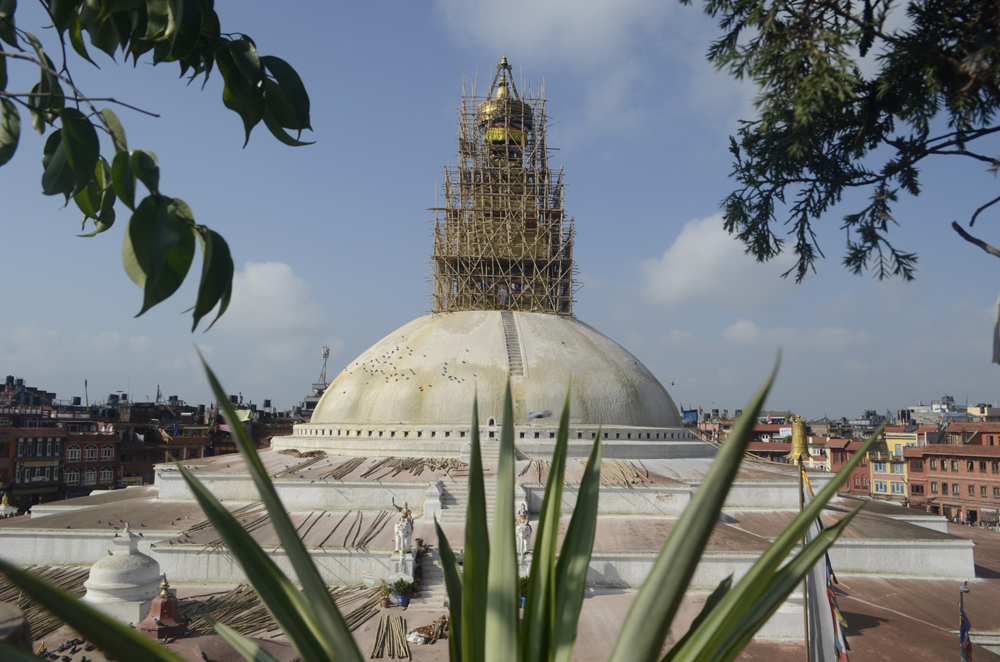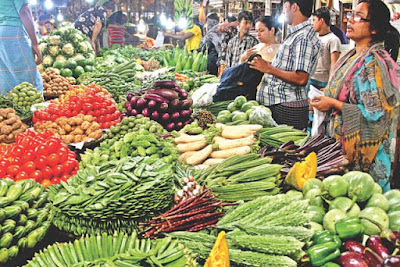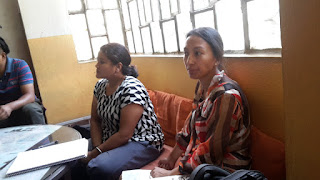 |
| Elders @ Patan Durbar Square #stillSmiling pic: Rocky Prajapati |
As we go into World Travel Market 2015, we are just beyond the six month mark of the EarthQuake that changed the course of Nepal’s history altogether.
The flurry of media activity in Nepal post quake unfortunately only focussed on the destruction, not realising that only a certain portion of the country was affected, and very little was actually destroyed. The effect on the backbone of the economy, tourism was devastating.
 |
| Pic: Rocky Prajapati |
At socialtours, we have worked through rescue, relief, recovery and since just under a month since the earthquake, have been working hard on reviving Tourism, through various campaigns and programs. Our I AM IN NEPAL NOW campaign viralled online and caught even the attention of international media.
For the past months, we have developed a range of limited edition products, showcasing the strength and resilience of Nepal, in earthquake recovery. We feel that this will greatly enhance your product arsenal for Nepal, giving your travellers a first hand look at how strong and skilled we are, and how Nepal is tuned to react to something like this. This is not Disaster Tourism, we are not showcasing disaster, but we are showcasing the pride and energy that exists in Nepal now.
Please take a look at our special edition catalog "IN NEPAL NOW" that can be downloaded via this link.
Raj Gyawali (@KingGyawali on twitter), who has been instrumental in development of these packages and who plays a key role in the Tourism Recovery Campaign in Nepal, will be best placed to inform you more about how Nepal is responding and what these packages entail.
Raj will be available at WTM all days and will be delighted to meet up, and discuss possibilities, or even just to have a quick catch up on the situation in Nepal.
Contact him direct at raj@socialtours.com to set an appointment or pick a date and time at the online appointment slots on Google Calendar here
TEAM SOCIALTOURS




































